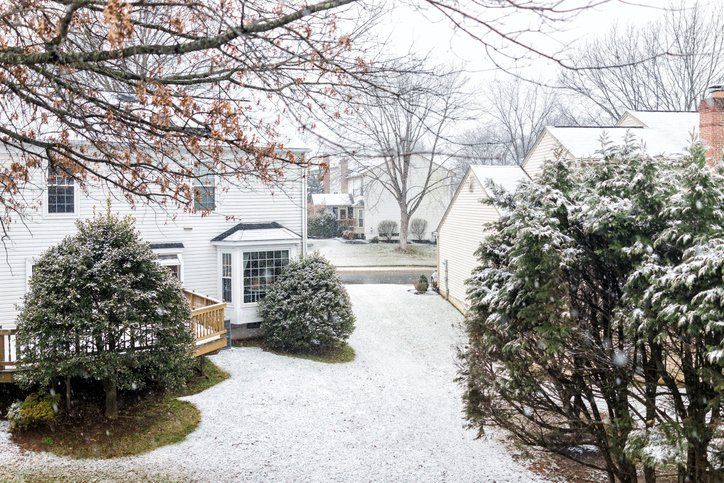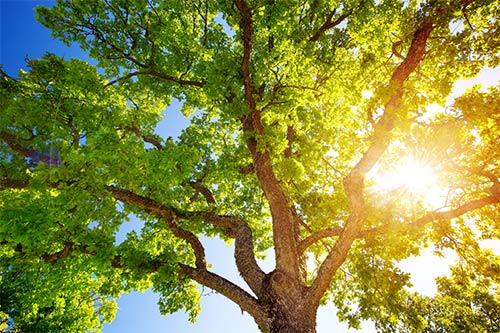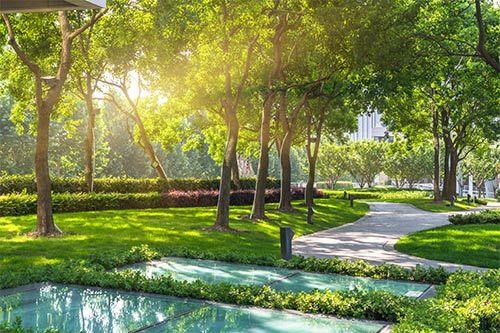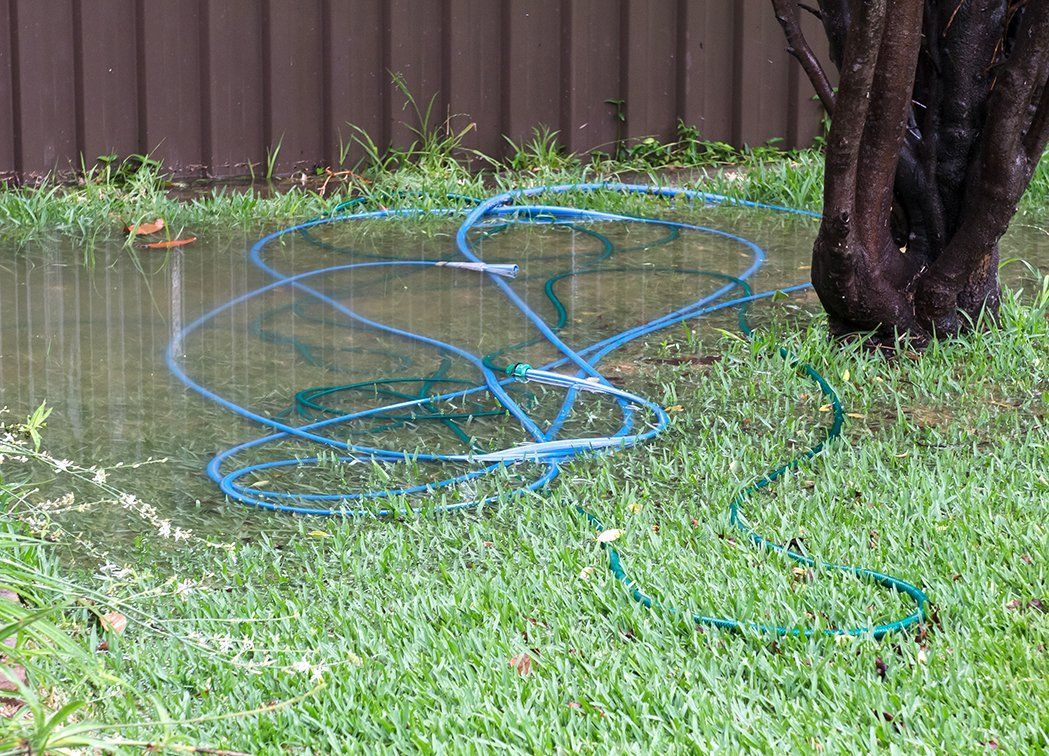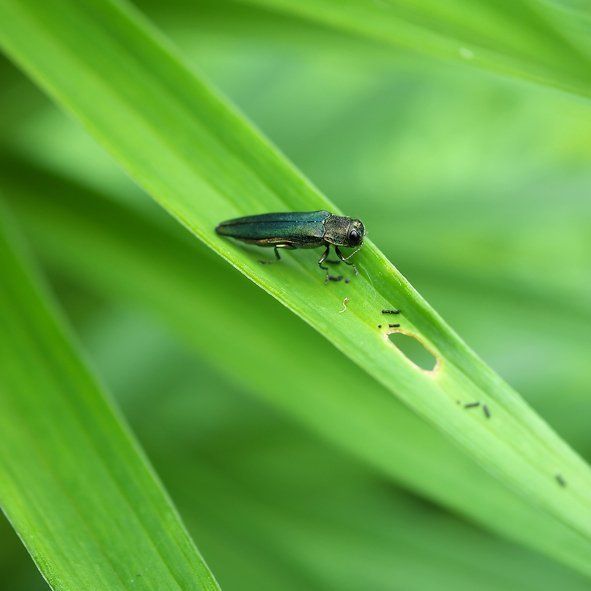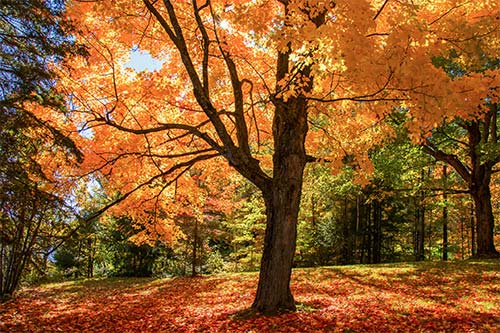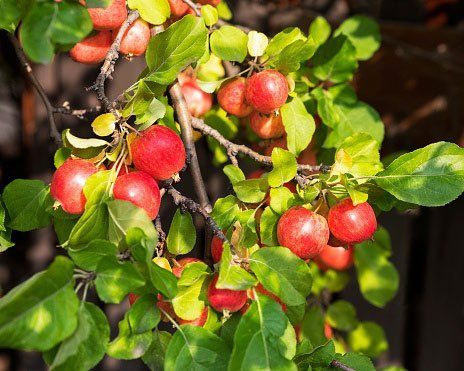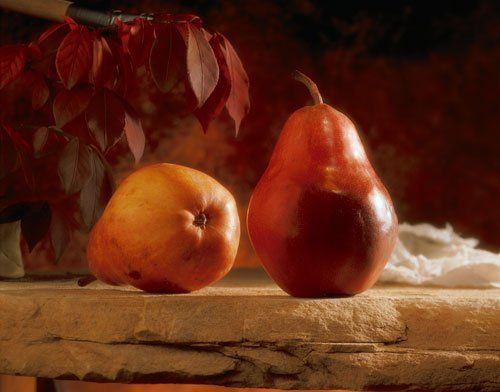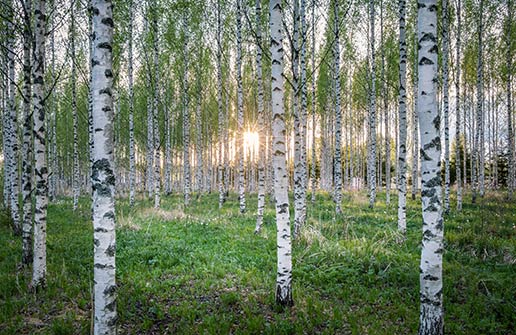Blog Layout
Autumn Leaf Changes and Conditions That Effect Fall Tree Color
By Admin • August 27, 2019
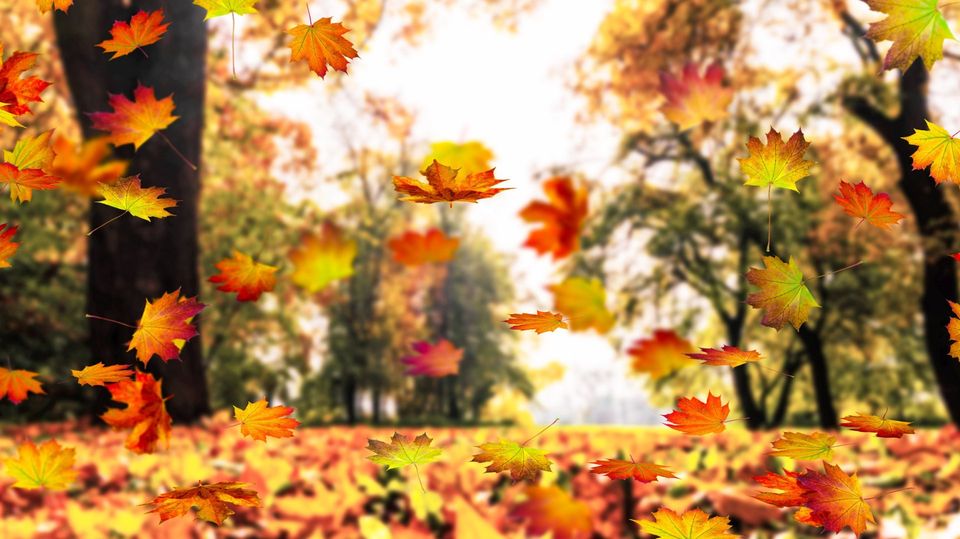
As cooler fall weather arrives, tree leaves begin transforming from bright green to shades of orange, yellow, and red. The color changes seem like magic, but many factors are involved in tree-color changes. Here's how leaves change color and how your tree service can help you have more brilliant fall displays.
Leaves Contain Color Pigments
Leaves on trees are lush and green during the summer. The fully developed leaves are busy throughout the warm seasons as leaves process food to help the tree grow. In temperate areas including Missouri, trees store the food for winter dormancy.
Some of the cells inside the leaves contain a substance called chlorophyll. Chlorophyll uses energy from sunlight to change carbon dioxide and water into the starches and carbohydrates that tree growth requires. Chlorophyll is the substance that makes tree leaves green.
Tree leaves also contain other substances including carotenoid. Carotenoid
is the pigment that gives carrots their orange color and bananas their yellow hues. Anthocyanins are another pigment in tree leaves that offer red and purple tones to leaves.
Tree vitality affects the above leaf pigments. Healthy trees require adequate fertilization and care to develop their autumn colors to their full potential. If your landscape trees look ragged or sickly this fall, ask your tree service professional about fertilization and selective pruning for better tree health and autumn leaf color.
Leaf Changes and Drops Are Triggered By Daylight
Weather and pigmentation changes affect the timing of leaf changes in autumn. Shorter days and longer nights of fall are cues for tree leaves to change. As sunlight weakens in late summer and autumn, the veins that lead to and from the bases of leaves are gradually closed.
A layer of special cells develops at the base of each leaf. As the veins clog, they trap sugars in the leaf and accelerate the production of anthocyanin. The promotion of anthocyanin synthesis helps make red and purple leaves more intense. When the layer of separate cells is complete, the leaf is prepared to fall from the tree.
Some tree diseases and pests affect tree leaves by curling the leaves, deforming the leaves, or causing damage to the leaves by causing spots and holes. Severe pest and disease infestations limit a tree's ability to process food, which can limit the autumn color the tree produces.
Your tree service expert evaluates trees for pests and diseases and has treatments to stop some pest and disease invasions. If your trees aren't giving their best autumn colors due to disease or pests, contact your tree service to arrange a pest and disease inspection of the trees.
Various Conditions Affect Autumn Leaf Color
Yellow and gold leaves are reliable in fall, since carotenoids are inside leaves at all times. Red, purple, and russet leaves are dependent on the synthesis of anthocyanins. Cold temperatures above freezing promote the production of anthocyanins, but a too-early frost diminishes the red pigmentation in leaves.
If trees endure drought conditions, early freezes, or pest damage, leaf color may be impacted. A severe drought in late spring affects tree leaf color as do too many warm days in autumn. When an individual tree is not receiving enough sunlight, water, or nutrients, the leaf colors may be diminished, or the leaves may fall off early without changing color.
Your tree service professional remedies sunlight issues by pruning adjacent trees to allow more sun to reach specific trees. Pruning and professional treatment by your tree-care service help your trees beat the bugs and infections that plague them and diminish their fall displays.
Schedule
a complete autumn inspection, treatment, and trimming of your trees in the St. Louis area by contacting County Tree Service today. We care for trees and offer tips for reliable autumn color.
BROWSE OUR WEBSITE
CONTACT INFORMATION
EMAIL:
countytree3157@sbcglobal.net
PHONE NUMBER:
314-920-7263
ADDRESS:
925 St. Louis Avenue Valley Park, MO 63088
Payment Options


Content, including images, displayed on this website is protected by copyright laws. Downloading, republication, retransmission or reproduction of content on this website is strictly prohibited. Terms of Use
| Privacy Policy

